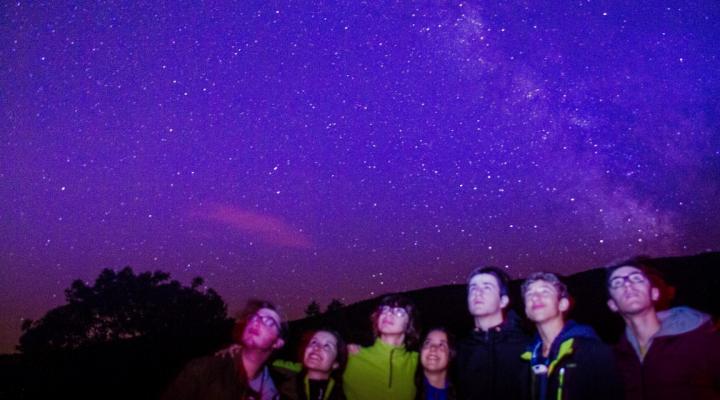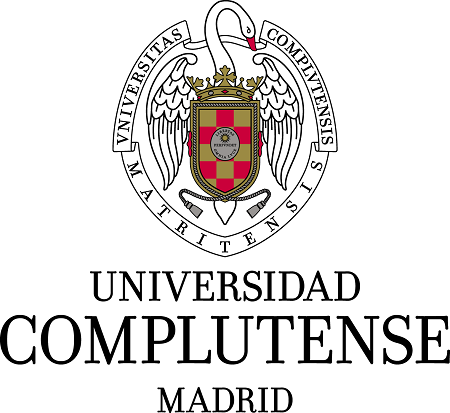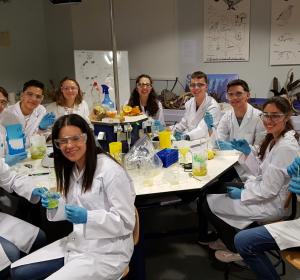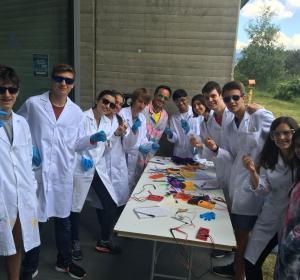
M13: 300,000 stars to comprehend the universe
Basic information
What are stars and how do they form? Why are they grouped together in galaxies and clusters? How many stars have planets orbiting them? In this project we propose an in-depth study of a group of stars that we can observe from MónNatura Pirineus, the globular cluster M13. You will learn a great deal about the concepts used in current astronomy research in order to relate them to the objects and phenomena we will observe: planets and asteroids, variable stars, clusters, galaxies and other more exotic objects! The observations will be accompanied by theoretical discussions and simulations to understand the physical mechanisms related to each of the objects.
What will you learn?
What are stars? How do they form and why are they grouped together in galaxies and clusters? Is there life on other planets? In this project we try to answer these and many other questions that will allow us to move on to solving two of the oldest questions of humanity: where we come from and where we are going.
In this project we focus on the observation and description of a very interesting and spectacular astronomical object, the globular cluster M13. The process of photographing, analysing and understanding how it has been formed, using the project work methodology, allows us to deal with much of the astrophysical processes currently being investigated. Particularly interesting is the study of its formation and origin, as there is currently no agreement within the international astrophysical community to explain it!
The learning process begins with a brief introduction to position astronomy in the centre’s planetarium room where you can discover where the M13 globular cluster is located, among other things. We also raise the questions that serve as a main theme: What is M13 and how was it formed?
The next step is to take photographs of the cluster. We do this the first night weather permitting. To do this, you need to learn how telescopes, software, and light capture tools work. This is one of the goals of this project, for you to enjoy astronomical observation and to learn in the exceptional sky of MónNatura Pirineus. In addition, we will also take a look at how the portable telescopes of the centre work, they are very interesting instruments for scientific dissemination. Its operation is very similar to a dome telescope, so it will be useful for you to practice with one.
Once we have obtained an image of M13 we study its nature and formation, and you will propose the verification hypotheses through the scientific method and tools available to us. Each afternoon we programme the next day's theory classes, in which we cover much of the central issues of today's astronomy. We also schedule day and night practice sessions where you will build a particle detector, calculate distances, and learn to perform numerical simulations, observations and analysis of astronomical objects using a telescope, CCD camera, and also a spectrograph.
In short, from M13's in-depth study, you'll learn how to use a telescope and plan a night of observation, and you'll understand a lot of the physics behind the most spectacular astrophysical phenomena, you will be able to programme numerical simulations and you will become the envy of your peers by taking beautiful night photos.
Research team
Project led by researchers from the Laboratoire de Physique Nucléaire et d'Hautes Energies, Sorbonne Université-CNRS (France), the Laboratoire d'Astrophysique de Bordeaux, Université de Bordeaux-CNRS (France), and the Department of Earth Physics, Astronomy and Astrophysics at the Complutense University of Madrid. Project developed in Spanish and Catalan.







